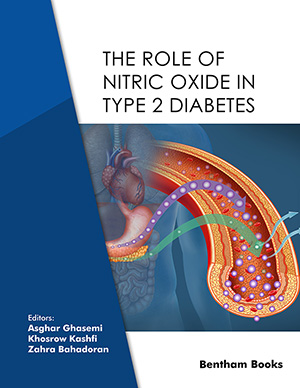
Abstract
Melatonin is an indolamine with a large spectrum of functions that can be divided into chronobiotic and nonchronobiotic. Chronobiotic effects are mediated by the daily rhythm of melatonin in the plasma due to nocturnal pineal synthesis, whereas the melatonin produced by other cells, such as gastrointestinal and immune competent cells, is independent of the light/dark cycle and exert non-chronobiotic effects. The concentrations achieved by the two sources are significantly different, varying in the pM - nM range in the plasma, and may achieve concentrations in the mM range when released locally by activated immune-competent cells. Consequently, the effects of the melatonin produced in these two situations are distinct. Much has been reported about the beneficial response to exogenous melatonin administration in several pathological conditions. However, the relationship between the establishment of a disease and the state of the physiological activity of the pineal gland is still poorly understood. Here, we review the state of art in the modulation of pineal melatonin synthesis, relevant patents, and discuss its relationship with neurodegenerative disorders that involve a central inflammatory response, such as Alzheimers disease, to suggest the putative relevance of new therapeutic protocols that replace this pineal hormone.
Keywords: Alzheimer's disease, melatonin, immune-pineal axis, α7 nicotinic acetylcholine receptor, neurodegenerative disease, chronobiological effects, central inflammatory response, neuroinflammation, pineal gland, central nervous system
 28
28






















